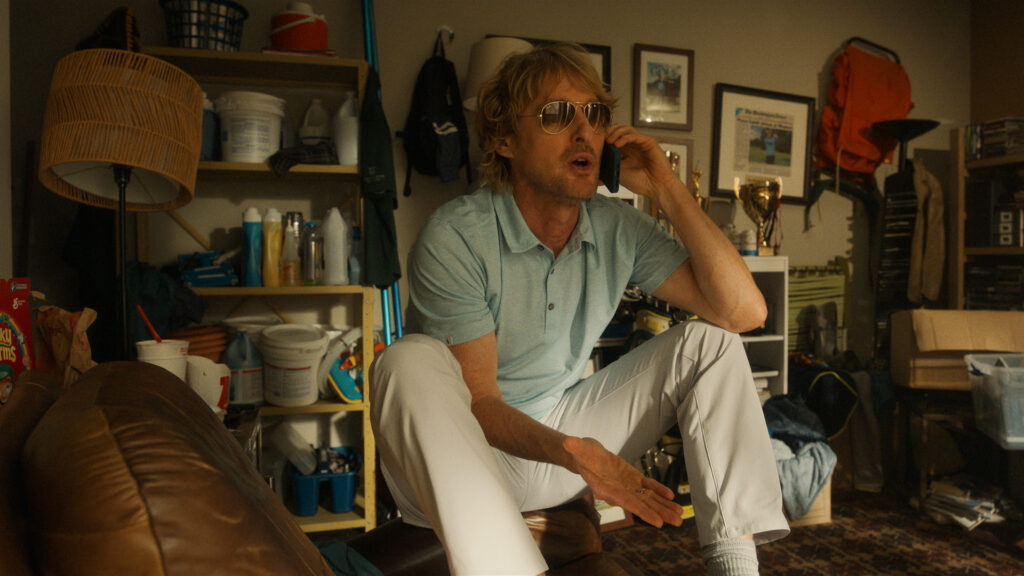For some, the Federal Budget is an announcement to be watched live, discussed with great detail, and analysed with utmost scrutiny. For others, you’d be hard-pressed to find anything less interesting than talk of underlying cash balances, fiscal strategies and the price of iron ore. if you fall into the latter camp, we feel you. But given the current climate we now find ourselves in, where the impact of lockdown as a result of the global pandemic continues to be felt by businesses big and small as many grapple with limited employment opportunities or reduced hours, it comes as no surprise that 2021’s Federal Budget announcement was one we listened to with great attentiveness. The once-in-90-years recession and once-in-100-years pandemic has felt those in positions of power a major challenge and as we look to rebuild in the future, some are bigger winners than others when it comes to announcements from the budget.
The primary focus of the 2021/22 budget is to secure Australia’s recovery. Having gotten through the height of the global pandemic last year, Australia is now looking towards the future and the economic challenges that will arise. Though the government proclaimed that things could have been a lot worse, there’s still some areas that prove concerning – namely the environment. But with the government committing to spending in the areas of mental health, women’s safety and introducing tax cuts for middle-to-low income earners, there’s a lot that could impact you directly. Here are the main takeaways from the Federal Budget 2021/22.
Mental health
The pandemic saw rates of mental health issues soar, with many finding the uncertainty of this time exacerbated their mental health struggles, including anxiety, stress and depression. In a $2.3 billion mental healthcare and suicide prevention package, the government now hopes to fund a slew of vital services in a targeted spend.
$487.2 million will go towards expanding the nationwide network of Head to Health mental health centres for adults, with eight new clinics and 24 new satellite centres set to share a central intake system and phone assessment service. As well as this, young people aged 12 to 25 will receive greater support, with $278.6 million going towards Headspace, along with additional funding for early intervention when it comes to mental health issues in children.
Culturally-appropriate support services will be developed alongside Aboriginal and Torres Strait Islander organisations, as well as an Indigenous-run 24/7 crisis line established by Gayaa Dhuwi and Lifeline. For relatives and carers of people with mental health issues, a Medicare-subsidised psych session will be available to help you cope. The government is also allocating $22 million in prevention support for suicide.
Shockingly, suicide remains the biggest killer in Australia for those aged 15 to 44. The government has announced its goal is to see zero suicides in Australia, targeting $156.8 million in funding to ensure people who have been discharged from hospital after a suicide attempt are supported and receive at least three months of follow-up care.
Centrelink will be a lot harder to claim
Though the pandemic saw a huge number of business close, with countless staff laid off with limited employment opportunities, the government now wants people to return to work. To do so, they’re making Centrelink payments harder to claim by spending $197 million on those who have been on JobSeeker for six months or more to participate in an “intense activity.”
This could be anything from a short course to more laborious work, but essentially it’s the government looking to make job seekers “Work for the Dole” for their “intense activity.” In doing so, the government is strengthening and reintroducing some mutual obligations, which were reduced or paused at the beginning of the pandemic last year.
Those on JobSeeker will need to apply for 20 jobs per month instead of the current 15, with new rules set to take effect this July. You will also need to fill out your profile on JobActive, which is the government’s own job searching platform. People will be required to make face-to-face appointments with employment providers. There’s also what seems to be a snitch service coming into effect, as the government spends $2.5 million on its employer tip line which is used to dob in people who aren’t genuine enough in their job search.
Women’s safety
Given the recent accusations that have plagued parliament, the government wasted no time in making women’s safety a major priority, both at home and in the workplace. Minister for Women, Marise Payne, explained: “Everyone has a basic right to safety, equality and respect in our society, and we all have a responsibility to address gender imbalances in Australia to create real change and genuine advances for women and girls.”
To do so, the government will put $3.4 billion towards women’s safety, economy security, health and wellbeing, as outlined in a Women’s Budget. It’s a timely proposal, particularly as the pandemic shone a light on the inequality that continues to blanket society as women were disproportionately impacted by job losses. In turn, this led to a rise in rates of domestic violence.
To break things down further, the budget will see $261.4 million go towards frontline domestic and family violence services, with $129 million going towards legal assistance for women fleeing violence. $9.3 million will go towards further implementing recommendations made in the Respect@Work report, which includes improving legal and regulatory responses to workplace sexual harassment. Through a $164.8 million two-year trial, women will also receive up to $1,500 in cash and $3,500 in goods when leaving violent relationships in an initiative that is hoped to assist women with costs like rent, legal assistance, school fees and buying new furniture.
Tax Cuts
You know there’s an upcoming election when the government announces tax cuts, and those proposed with the Federal Budget are pretty significant. The government is promising tax cuts of up to $1,080 for individuals and $2,160 for dual income couples by extending the low and middle income tax offset (LMITO). For those earning between $48,000 and $90,000, you will receive the biggest savings.
That said, the tax cut will only be available at the next financial year, when filing your 2021-22 tax return. Again, this proposal comes ahead of the Federal Election which will take place before the next financial year. These tax cuts are believed to boost Gross Domestic Product by around $4.5 billion in 2022-23, and create an additional 20,000 jobs.
Climate policy loses out
Sadly, the Federal Budget did nothing to inspire us when it comes to taking action on climate change. Not one new solar or wind project was announced during the 2021/22 budget, apart from the rare mention of a “renewable energy microgrid” up in the Daintree. That said, there is a slight speck of gold amidst all this turmoil. The Australian Renewable Energy Agency (ARENA), which is responsible for funding genuinely clean energy developments, will get an additional $50 million over the next decade to invest in very early stage projects. But, here lies the rub: the government will be spending $54 million to support new gas infrastructure projects over the next four years, something that not only pollutes the land but also generates greenhouse gas emissions.
A measly $1.2 billion will be spent over the next 10 years, with the money going towards a technology co-investment facility, fostering a whole heap of new technologies. While these kinds of carbon capture technologies are interesting and perhaps worth consideration, it goes without saying that they are no substitute for large-scale renewable energy projects that will have a greater impact on reducing emissions. Much like the rhetoric we’ve seen time and time again from the government, it’s the bare minimum and when it comes to the climate, it’s too little, too late.
Covid vaccines are coming, but borders will remain shut until 2022
One thing the government did want to stress is that the Covid-19 vaccines are coming, with the hope of getting there by the end of 2021. The government has set aside $1.9 billion over the next five years to ensure this happens and thanks to additional vaccine doses that have now been purchased, more vaccines are on their way. Currently, Australia has close to 170 million doses of the vaccine for a population of just 25 million.
Though it’s good news about the vaccine, the Federal government anticipates that the international border won’t fully re-open until mid-next year, however small amounts of international students will be allowed to enter later in 2021.















